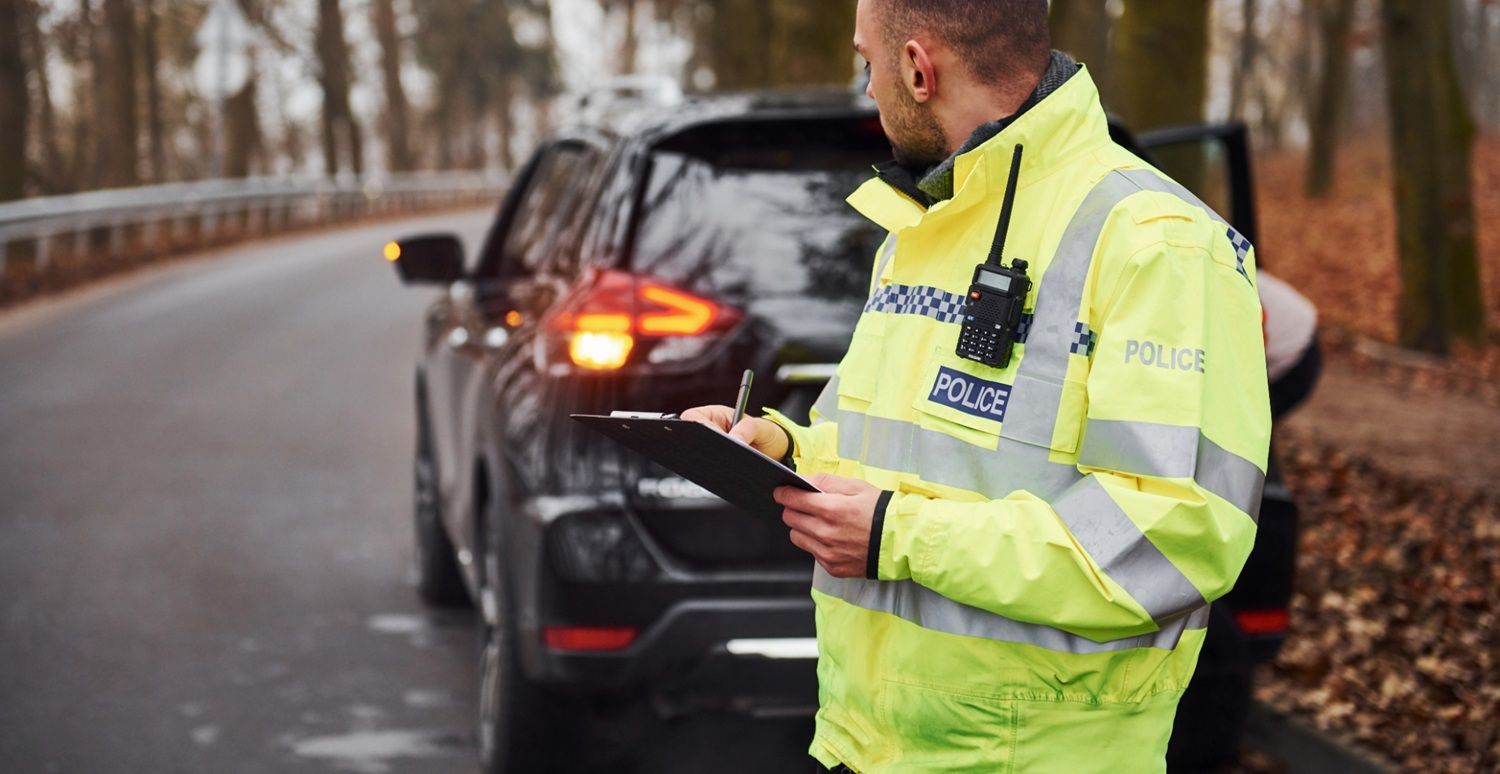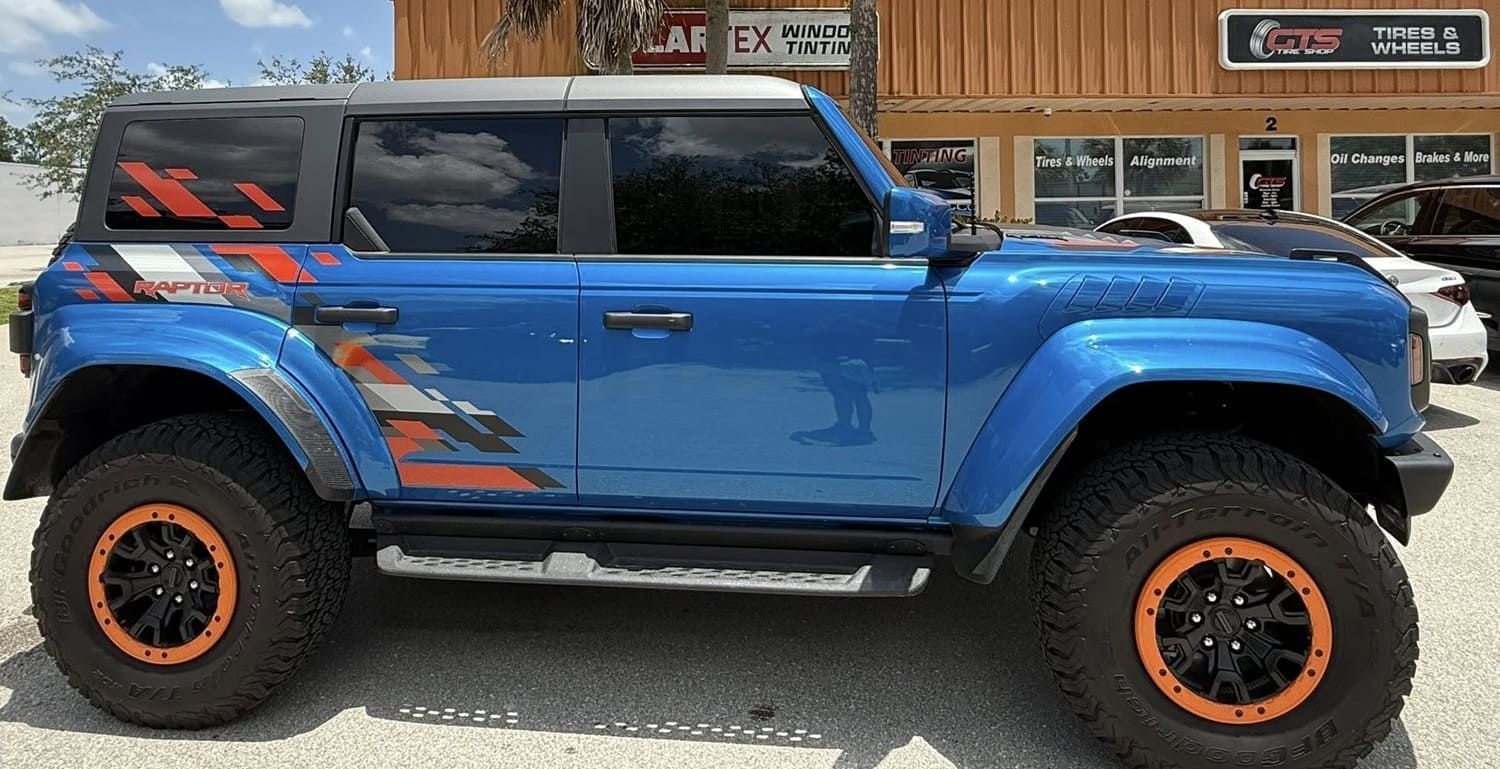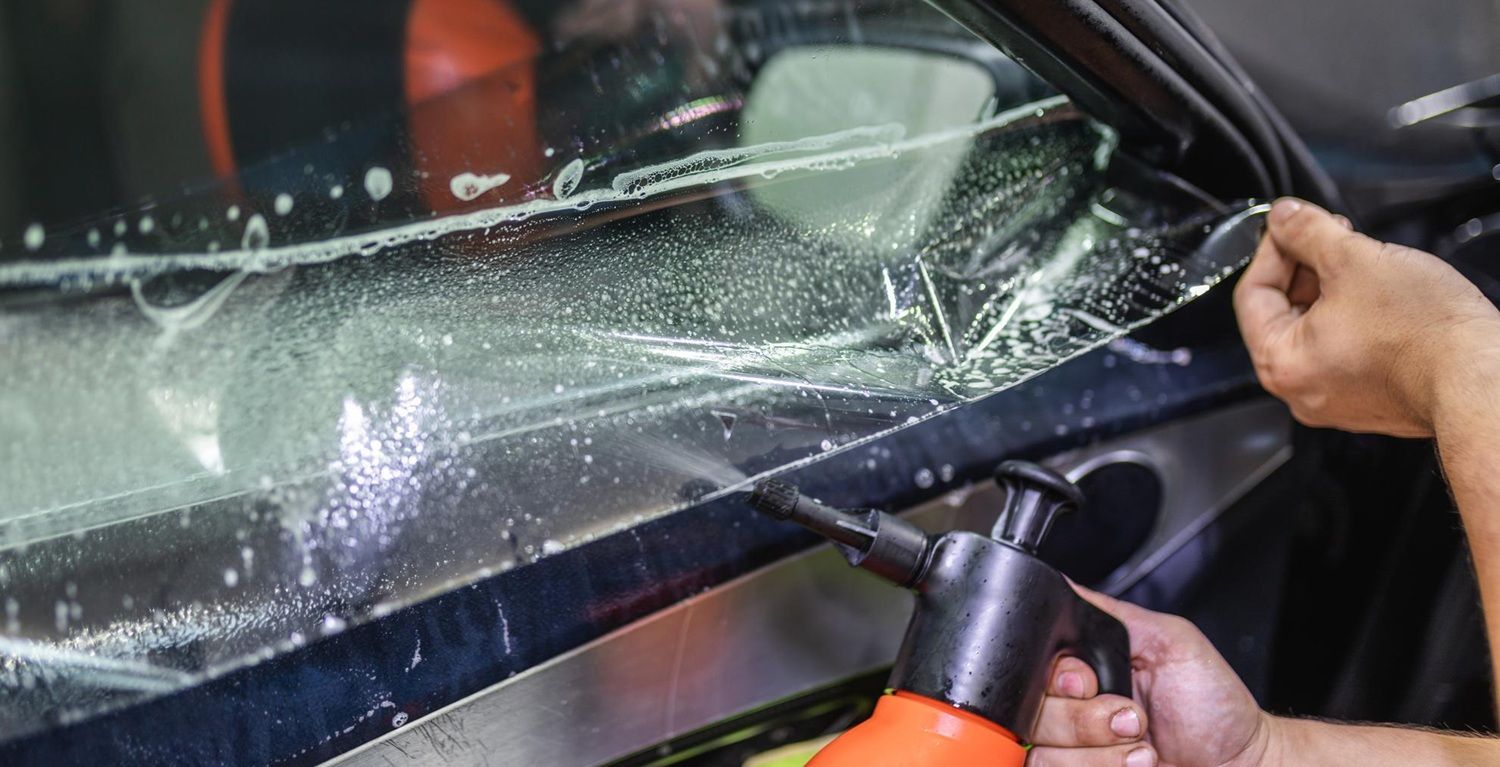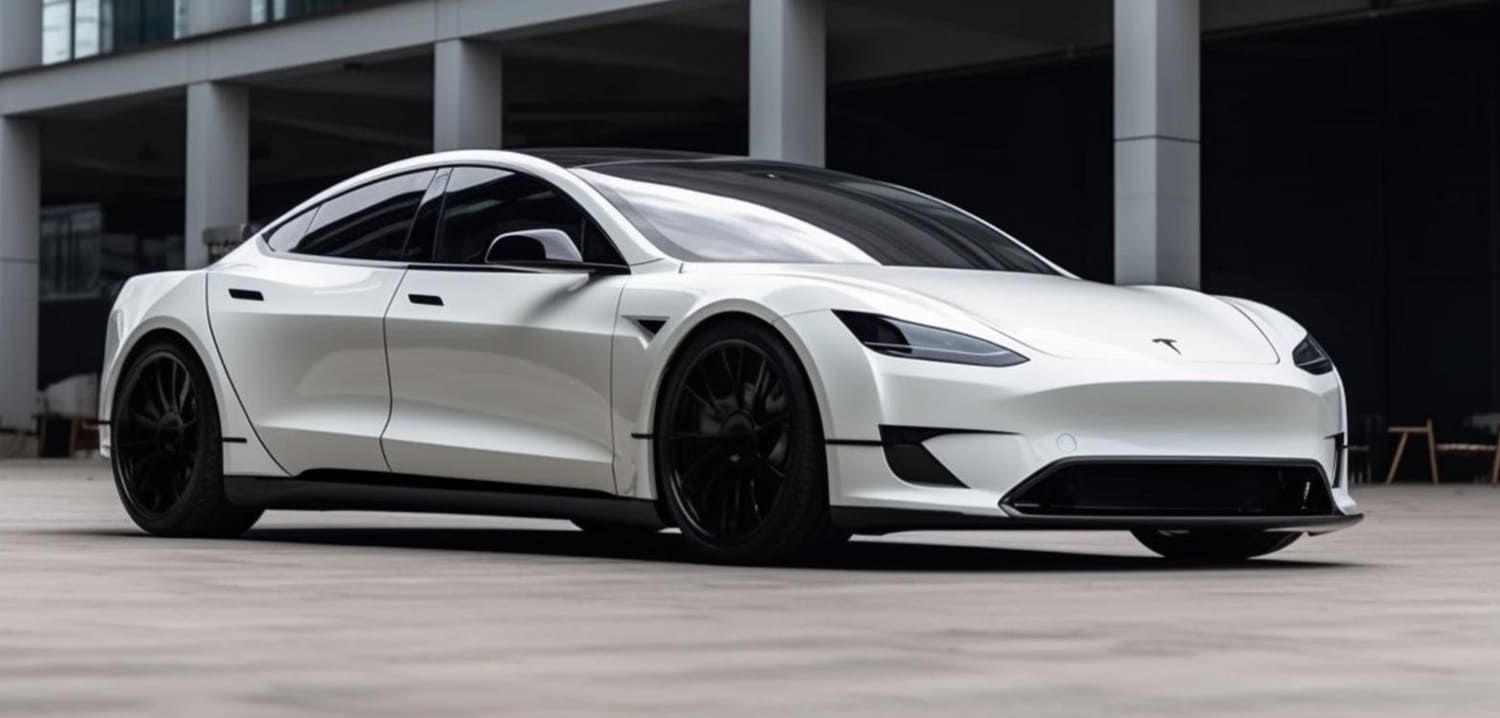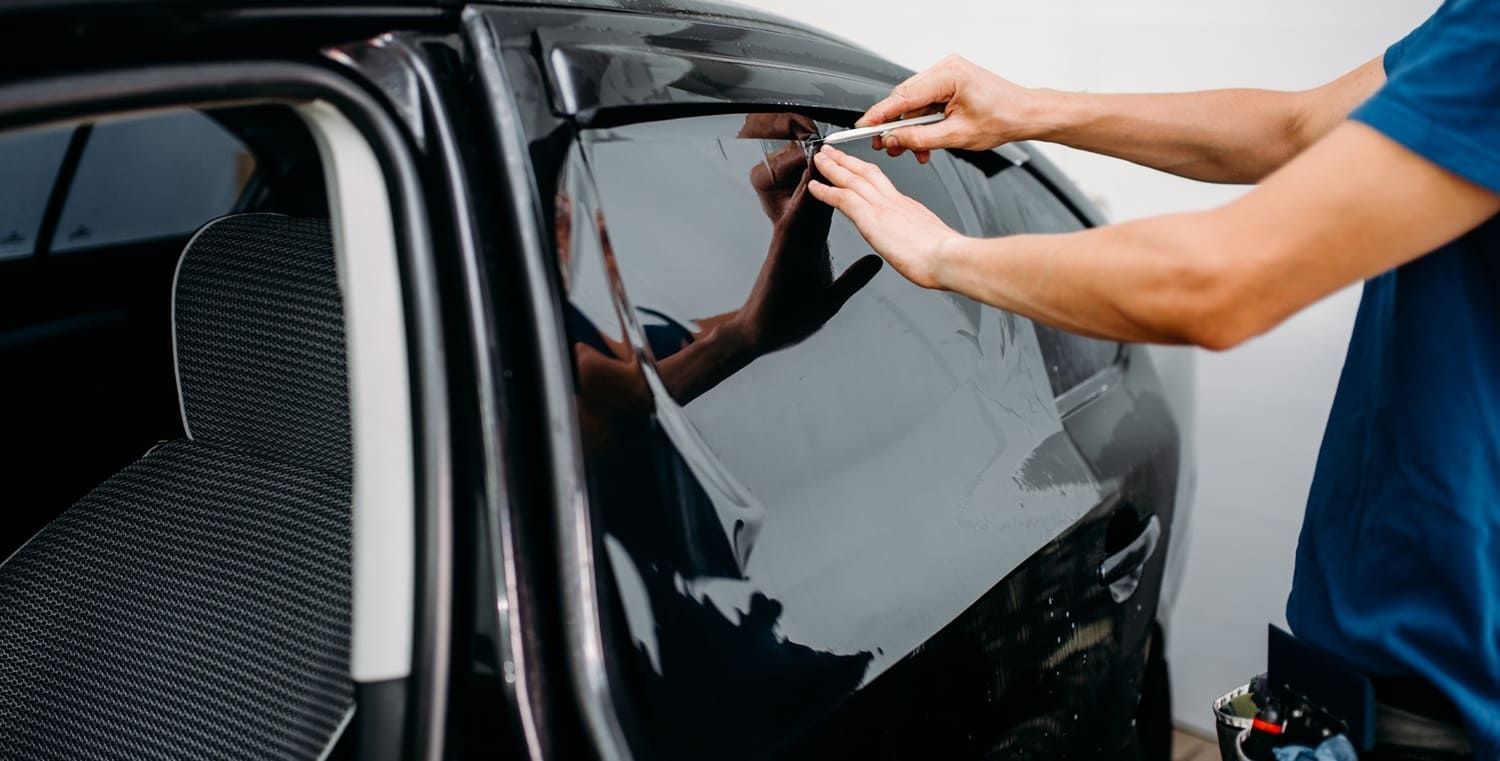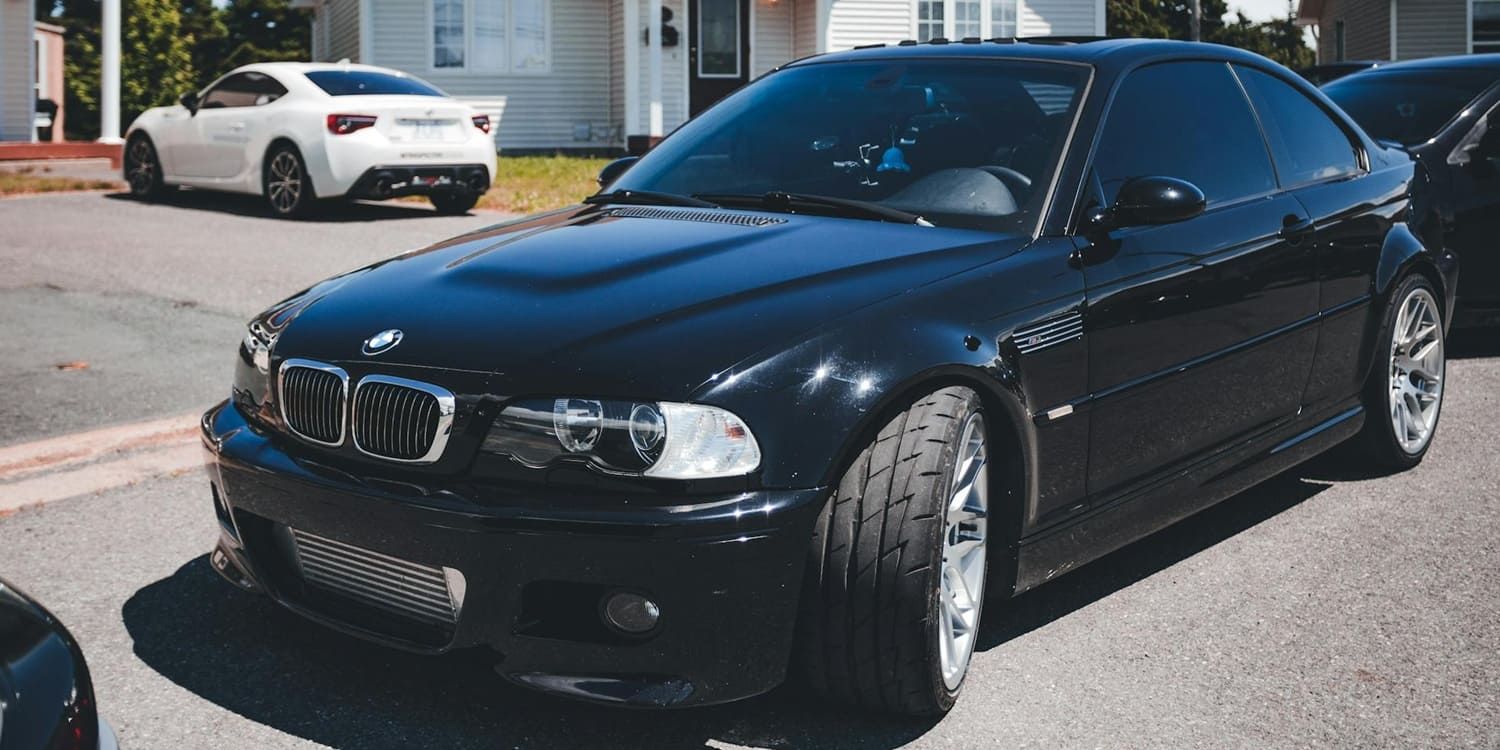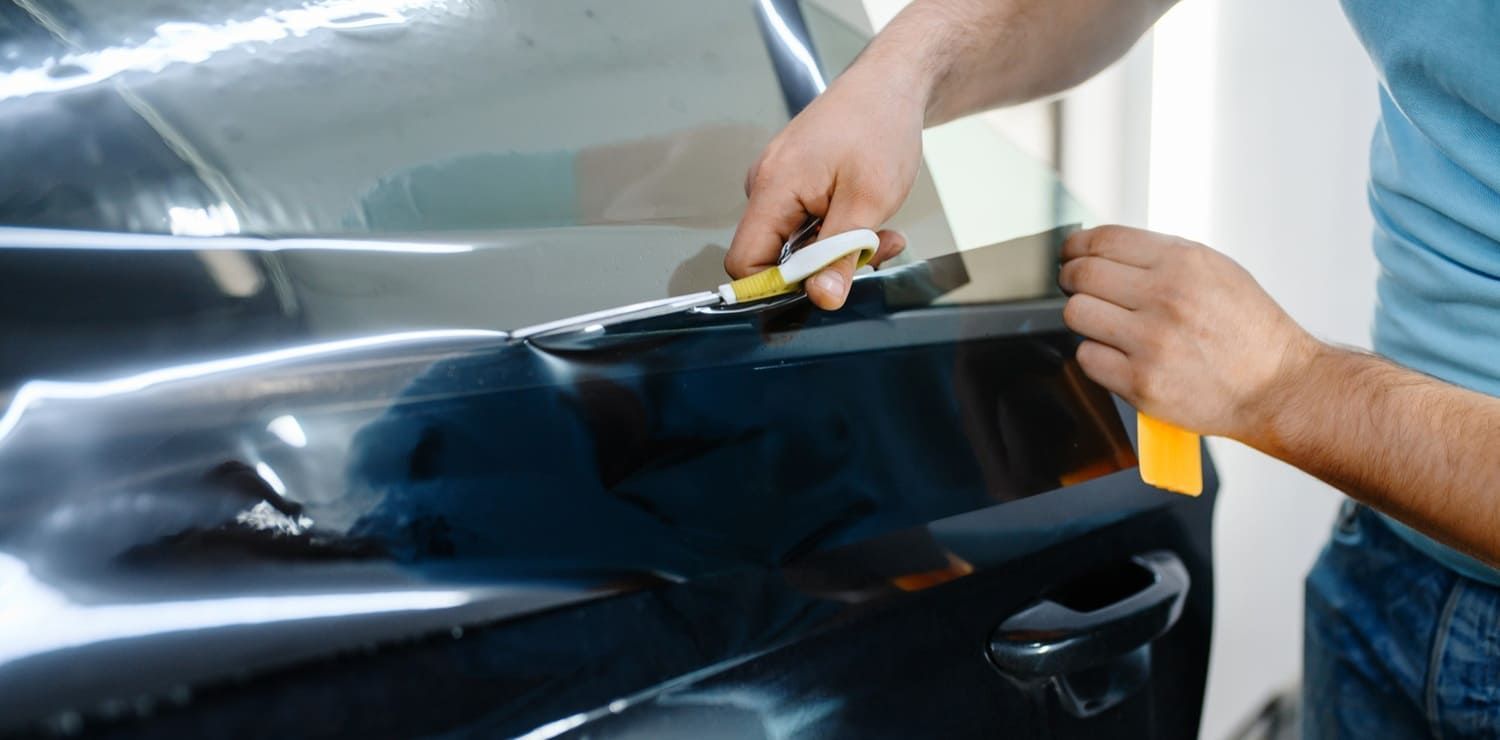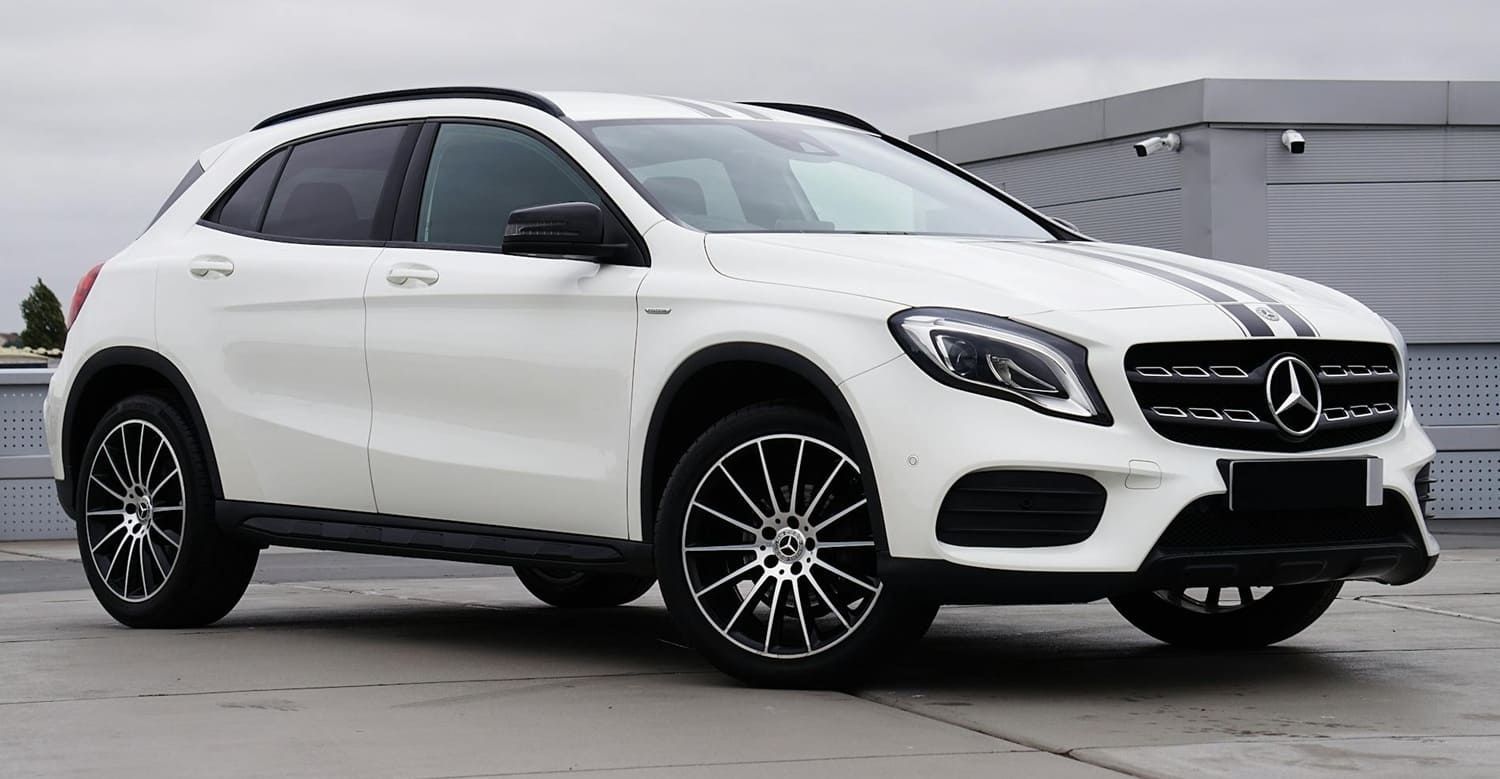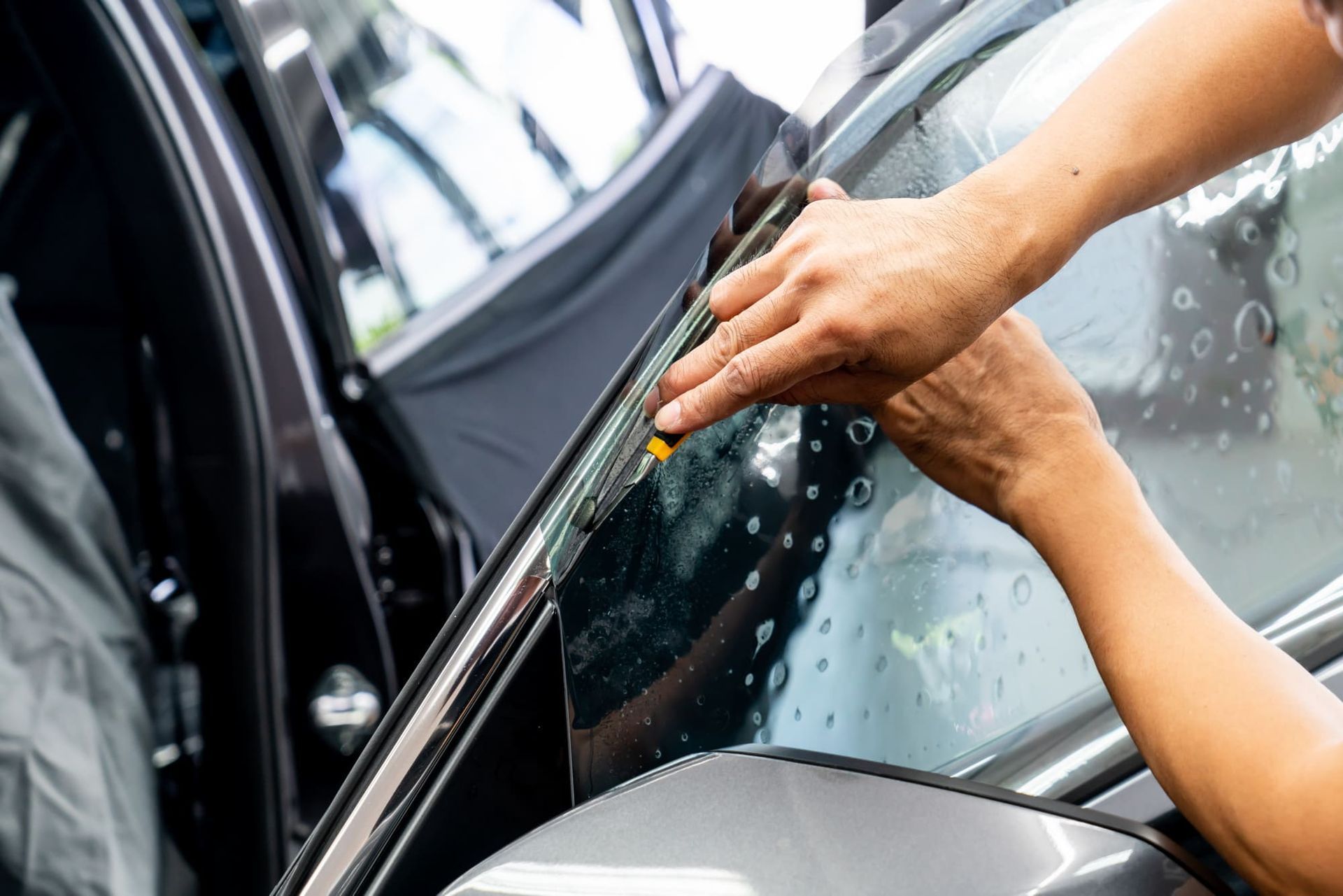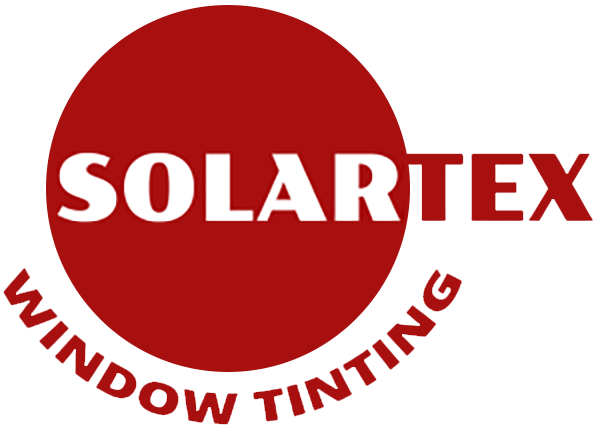What’s the Best Tint Shade for Heat and UV Protection?
Choosing the right window tint for your car is more than just a style choice. It’s about comfort and protection.
The best tint shade can significantly reduce heat and block harmful UV rays. This makes your driving experience more pleasant and safer.
Different tint shades offer varying levels of heat and UV protection. Understanding these differences is crucial for making an informed decision.
Ceramic tints are known for their superior performance. They offer excellent heat and UV blocking capabilities without interfering with electronic signals.
Dyed tints are more affordable but provide less heat reduction. They are a good option if budget is a concern.
Metallic tints offer good heat reduction but can interfere with electronic devices. This is something to consider if you rely on in-car technology.
Carbon tints strike a balance between performance and cost. They provide good protection without signal interference.
In this guide, we’ll explore the best tint shades for heat and UV protection.
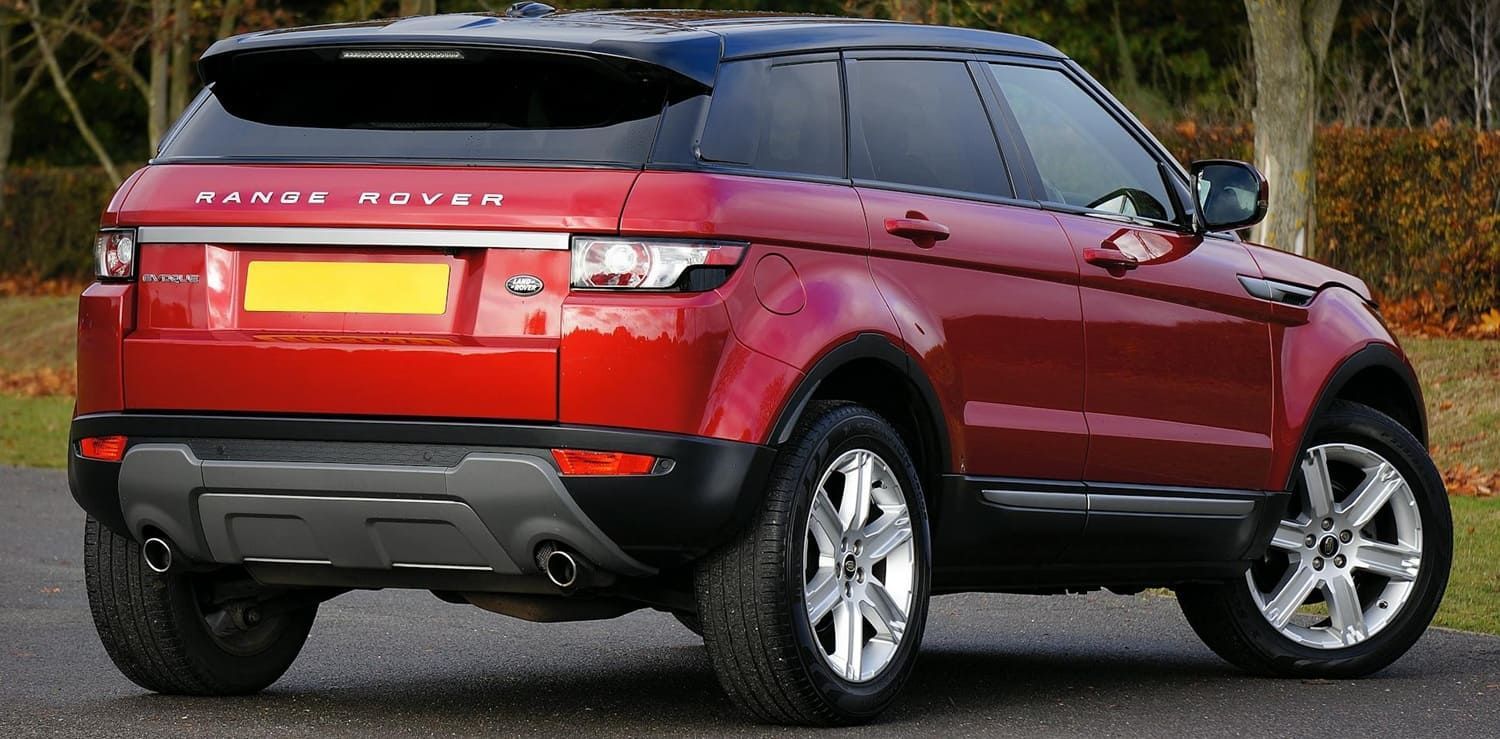
Why Heat and UV Protection Matter in Car Window Tinting
Car window tinting isn't just for enhancing privacy or aesthetics; it protects you and your vehicle. UV rays are harmful, causing skin damage and increasing the risk of skin cancer. Therefore, reducing exposure is vital.
Extended exposure to heat also damages your car's interior, causing materials to fade and crack over time. Tinting helps preserve your car’s interior, maintaining its appearance and resale value.
A cooler interior reduces the demand on your car's air conditioning system, which can enhance fuel efficiency. Tinting, thus, contributes to both comfort and cost savings.
The right window tint not only provides heat reduction and UV blocking but also improves your driving experience. With less glare and improved visibility, driving is safer and more comfortable.
Consider these main benefits of heat and UV protection:
- Reduced skin damage risk
- Interior preservation
- Improved fuel efficiency
- Enhanced driving comfort
Thinking about these benefits will help you choose the perfect window tint for your needs.
How Window Tint Works: The Science Behind Heat and UV Blocking
Window tinting utilizes specialized films to control the amount of solar energy entering your vehicle. These films are designed with layers that absorb and reflect sunlight, effectively reducing interior heat.
The key to its effectiveness lies in the tint's ability to block UV rays. These rays are damaging and account for skin problems and interior fading. Quality tints can block up to 99% of these harmful UV rays.
Another important element is Infrared Rejection (IRR). Infrared rays generate heat, and tints with high IRR levels reduce this heat, making the car interior cooler.
To sum it up, a quality window tint offers:
- UV ray blocking
- Infrared heat rejection
- Enhanced thermal comfort
By understanding these principles, you can make an informed decision on the best tint shade for heat and UV protection. Choose a tint that effectively balances these scientific factors for optimal protection.
Types of Window Tint Films: Pros, Cons, and Performance
Choosing the right tint film requires understanding the differences in material and performance. Various films offer unique benefits and drawbacks.
Dyed window tints are popular for their cost-effectiveness. They provide basic heat reduction but have limited UV protection compared to other types.
Metalized tints use small metallic particles to reflect sunlight. This improves heat rejection but can interfere with electronic signals.
Carbon films are known for their durability and non-metallic composition. They effectively block heat while allowing electronic signals to pass through without interference.
Ceramic tints are top-tier in heat and UV protection. They are pricier but offer superior performance without signal interference.
Let's explore each tint type further:
- Dyed Tints: Affordable, less effective UV protection.
- Metalized Tints: Good heat reduction, potential signal interference.
- Carbon Tints: Balance cost with performance, no interference.
- Ceramic Tints: Best protection, higher price point.
By evaluating each type, you can determine which one aligns with your priorities, whether it's budget, performance, or aesthetic appeal.
Dyed Window Tint
Dyed window tints are the most affordable option for car owners. They include layers of dye to absorb solar heat.
Advantages of dyed tints are cost and glare reduction. However, they do not provide superior heat rejection.
Although these tints may fade over time, they remain popular due to their simplicity and low price. Key points include:
- Cost-effective
- Basic heat reduction
- Can fade with time
Selecting dyed tints is ideal for budget-conscious consumers who want a simple appearance.
Metalized Window Tint
Metalized window tints use metallic particles to block sunlight. This makes them effective at reducing heat.
They offer high durability and scratch resistance. However, they can disrupt electronic signals and GPS.
The shimmering appearance adds style but at the cost of potential interference. Key takeaways are:
- Strong heat rejection
- Durable and scratch-resistant
- Can interfere with signals
For those who prioritize heat control and aesthetics, metalized tints are a viable option.
Carbon Window Tint
Carbon window tints incorporate carbon particles that block more heat than dyed tints. They have a matte finish, offering a sleek look.
These tints won't fade like dyed ones and don't affect electronic signals. The balance between cost and performance makes them attractive.
Key benefits include:
- Matte finish, appealing aesthetic
- No signal interference
- Long-lasting color stability
Carbon tints are a solid choice for those valuing appearance and performance without a hefty price.
Ceramic Window Tint
Ceramic tints stand out for their advanced technology. They excel in UV protection and heat rejection, outperforming all other types.
These tints consist of nano-ceramic particles, significantly reducing glare without causing signal issues. However, they are the most expensive.
Consider ceramic tints for top-tier performance. Their highlights include:
- Superior UV and heat protection
- Enhanced visibility and comfort
- No interference with signals
Ceramic tints are perfect for those who want the best protection despite the higher cost.
Understanding Tint Shades and VLT: What Do the Numbers Mean?
Tint shades are often described by their Visible Light Transmission (VLT) percentages. These percentages indicate the amount of light that can pass through the window.
A lower VLT percentage means a darker tint and higher heat rejection. For example, a 5% VLT allows only 5% of light in, offering significant privacy and heat control.
Choosing the right VLT involves finding the balance between visibility and heat protection. Darker tints may reduce glare but can decrease visibility, particularly at night.
Consider these points when selecting VLT percentages:
- 5% VLT: Known as "limo tint," offers maximum privacy and heat rejection.
- 20% VLT: Popular choice for effective heat and glare reduction while maintaining some visibility.
- 35% VLT: Balances heat rejection and visibility, suitable for many climates.
- 50% VLT: Allows ample light, providing moderate heat rejection.
Understanding these numbers helps you make informed decisions matching your style and comfort preferences.
Best Tint Shades for Heat and UV Protection: What the Data Shows
Selecting the best tint shade involves analyzing how well it blocks heat and UV rays. Data shows that ceramic tints lead the pack with superior heat and UV protection.
Ceramic tints possess high infrared rejection (IRR), effectively reducing vehicle temperatures. This leads to a cooler driving experience and less reliance on air conditioning.
In terms of UV protection, ceramic tints also excel. They block up to 99% of harmful UV rays, safeguarding interiors and occupants.
Another solid option is carbon tint. It offers impressive heat resistance without metallic particles, which can interfere with signals.
When data points to optimal heat rejection and UV blocking, consider the following shades:
- Ceramic Tint (less than 25% VLT): Best for maximum heat reduction.
- Carbon Tint (approximately 35% VLT): Provides balanced protection and cost-effectiveness.
- Metalized Tint (around 15% VLT): Good for heat control but may cause signal issues.
- Dyed Tint (above 50% VLT): Offers minimal UV protection; more aesthetic than functional.
Armed with these insights, choose a window tint balancing performance and your style.
Legal Considerations: Tint Laws and Compliance
Understanding legal limits on window tint is crucial for compliance. Tint laws vary widely across states and regions.
Each state sets specific rules for visible light transmission (VLT). This determines how dark you can go with your tint.
Failure to comply with these regulations can result in fines and the need to remove non-compliant tints. Here are a few considerations:
- State Regulations: Verify VLT limits for your state before tinting.
- Medical Exemptions: Check if special allowances apply for medical conditions.
- Visibility Requirements: Ensure windshield and front windows meet visibility standards.
Consulting with local experts or professional installers can help. They stay updated with the latest legal guidelines. Choosing a reputable installer ensures lawful and hassle-free tinting solutions.
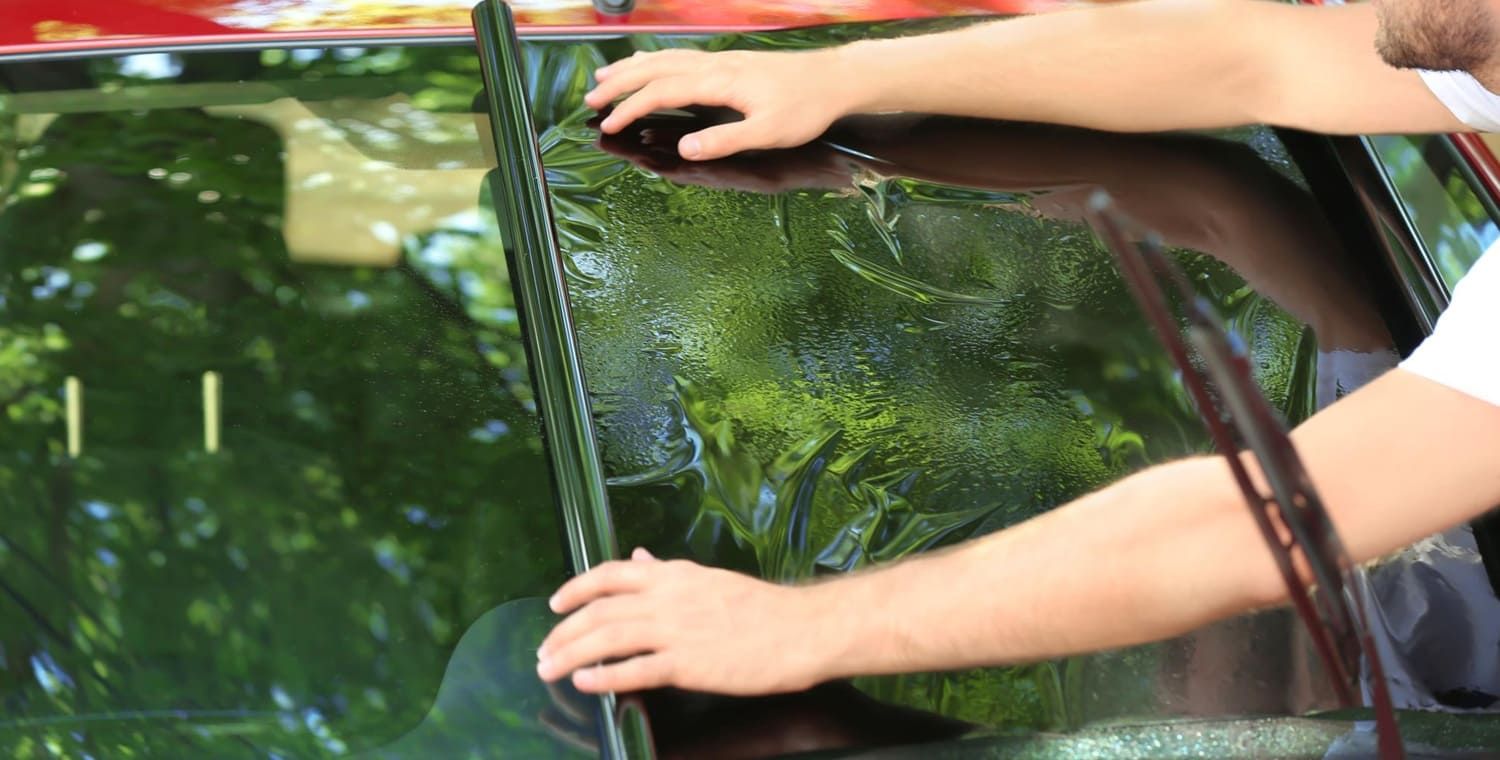
Choosing the Right Tint Shade for Your Needs and Style
Selecting the ideal tint shade balances functional needs and personal style. Begin by assessing your primary goals for tinting.
Consider whether heat reduction or enhanced privacy is the priority. Some prefer aesthetics, while others focus on UV protection.
Evaluate your budget as different shades and types come with varied costs. Your vehicle’s color and design should also complement the tint.
Factors to consider include:
- Privacy Needs: Darker shades obscure interior view.
- Heat Rejection: Lower VLT reduces interior heat.
- Aesthetic Preference: Tints can enhance car's appearance.
- Budget Constraints: Higher performance can increase costs.
Review product specifications carefully to ensure they align with your needs. Consulting a professional can provide insights into the best options. They can recommend tint shades and types based on local climate and your vehicle model.
Llumar Auto Window Tinting Options: Features and Benefits
Llumar is renowned for offering high-quality window tinting solutions. Their products provide a range of benefits tailored to diverse needs.
Each tint type from Llumar features unique aspects, ensuring there is something for everyone. Their tints are crafted for maximum heat and UV defense.
Key features of Llumar tints include:
- UV Protection: Guards against harmful rays.
- Heat Reduction: Maintains cooler interior temperatures.
- Variety of Shades: Options to suit all preferences.
- Durability: Long-lasting performance without peeling.
Additionally, Llumar tints are known for their advanced technology that minimizes glare, significantly enhancing driving comfort and safety. They add aesthetic appeal to vehicles, enhancing their style quotient. With professional installation, users can enjoy peace of mind knowing their investment is protected and complies with legal standards.
Professional vs. DIY Installation: What You Need to Know
Choosing between professional and DIY window tint installation depends on your skills and needs. Each approach has distinct benefits and challenges.
Professional installation generally ensures high-quality results. Experts have experience and tools that a DIY installer might lack. They also guarantee compliance with local laws and often offer warranties.
In contrast, DIY installation can be more cost-effective if you have the patience and precision for a meticulous job. However, it might not achieve the same lasting results.
Consider these factors when deciding between professional and DIY:
- Skill level
- Budget
- Time availability
Ultimately, weigh the potential cost savings against the assurance of a top-quality, professional finish.
How to Find Llumar Installers Near You
Finding Llumar installers nearby ensures access to top-quality tinting services. Local professionals provide expertise tailored to your region's legal requirements.
To locate reputable Llumar installers, consider the following strategies:
- Search online directories for local businesses.
- Check Llumar's official website for a list of certified installers.
- Ask for recommendations from friends and family who have tinted their vehicles.
Taking these steps helps ensure you choose a reliable installer who meets your needs. Prioritize companies with positive reviews and clear warranty policies.
Maintenance, Longevity, and Warranties: Getting the Most from Your Tint
Caring for your car’s window tint extends its life and keeps it looking new. Proper maintenance is simple but essential.
Avoid using abrasive cleaners or rough cloths on tinted windows. A soft cloth and mild cleaner work best. Regular cleaning prevents damage and extends the tint's lifespan.
Look for tints that come with warranties covering issues like fading and bubbling. Such warranties ensure peace of mind and protect your investment.
- Use mild detergents for cleaning.
- Check for peeling or bubbling regularly.
- Follow manufacturer’s care instructions.
Frequently Asked Questions About Car Window Tinting
Many people wonder about the legality of window tints. It's important to check local laws to ensure compliance. Different states have unique regulations regarding allowable tint darkness.
A common concern is how window tint affects GPS and electronic devices. Metalized tints might interfere with signals, whereas ceramic and carbon tints do not.
The choice of tint material and shade depends on personal needs. Consider factors like privacy, heat reduction, and aesthetics when choosing the best tint.
- Do tints block UV rays?
- Will they affect electronic signals?
- How dark can I legally tint my windows?
Conclusion: Making the Best Choice for Heat and UV Protection
At Solartex Window Tinting, your trusted LLumar window tinting installers serving Fort Myers, FL, we help you find the best tint shade for maximum heat and UV protection—without compromising style or legal compliance. Choosing the right tint involves balancing performance, appearance, and Florida’s window tint laws.
By exploring LLumar’s high-quality tint options, you gain access to industry-leading solutions designed for comfort, clarity, and long-lasting durability. With professional installation from the experienced team at Solartex Window Tinting, you’ll get optimal results that not only enhance your vehicle’s look but also protect your interior and passengers from harmful UV rays and excessive heat.
Contact Solartex Window Tinting today for a free estimate, and let us help you choose the perfect LLumar film to keep your ride cool, stylish, and protected year-round.
FAQs About Choosing the Best Tint Shade for Heat and UV Defense
What tint shade offers the most heat rejection?
The best-performing shades for heat rejection are usually ceramic films with low visible light transmission (VLT), such as 20% or darker, though lighter ceramic films can also reject significant heat due to their infrared-blocking properties.
Does darker tint block more UV rays?
Not necessarily. UV protection is built into the film’s material, not its darkness. Even light ceramic films can block up to 99% of UV rays.
What’s the ideal tint percentage for a balance of heat rejection and visibility?
A 35% ceramic tint offers a good mix of solar control and daytime visibility, making it a popular choice for front windows.
Is limo tint (5%) the most effective for blocking heat?
Not always. While 5% tint is darker, infrared heat rejection depends on the film type. A clear ceramic film may outperform 5% dyed tint in heat reduction.
Are ceramic tints better than dyed or carbon tints for heat and UV?
Yes. Ceramic films use nano-ceramic particles to block infrared heat and UV rays without compromising visibility or signal clarity.
Can I get clear tint that still blocks UV and heat?
Yes. High-end ceramic or spectrally selective films like 70% VLT still provide exceptional UV and IR rejection while maintaining a factory-clear look.
What’s the best tint for hot climates like Arizona or Texas?
Choose a ceramic film with high infrared rejection (IRR). These tints significantly reduce interior temperatures even in extreme heat.
Is the best tint shade the same for every vehicle?
No. Tint shade should match your driving habits, local laws, aesthetic preferences, and whether you prioritize privacy or clarity.
Does the type of glass affect which tint is most effective?
Yes. Some factory-tinted glass (privacy glass) already blocks visible light but not UV or IR, so pairing it with ceramic film enhances protection.
Do windshield tints help with heat and UV rejection?
Yes, when legally permitted, a clear ceramic film on the windshield can greatly reduce heat and UV without impairing visibility.
What tint provides the most comfort without going too dark?
A 50% or 35% ceramic tint offers noticeable heat reduction with a clean, understated appearance, ideal for family vehicles or daily drivers.
Can you see out of dark tint easily at night?
Very dark tints like 5% reduce nighttime visibility, which can affect safety. Consider lighter shades if you do a lot of night driving.
Are heat-rejecting tints legal in all states?
Heat-rejecting films are legal, but VLT percentages are regulated by state laws. Always check your local tint laws before choosing a shade.
How much UV protection do standard tints offer?
Standard dyed films typically block up to 80% of UV rays, while ceramic films block up to 99%, offering better interior and skin protection.
What’s the best tint for skin protection?
Look for UV400-rated or ceramic films, which block both UVA and UVB rays, helping reduce the risk of sun damage during driving.
Will the best tint for heat also protect my interior?
Yes. Tints that reject UV and IR rays protect your seats, dashboard, and electronics from fading, cracking, and heat stress.
Do all high-performance tints have the same shade options?
No. Premium brands like XPEL, 3M, and LLumar offer a variety of shades and finishes, so you can choose both performance and style.
Can I tint only certain windows for heat control?
Yes, but full-vehicle tinting ensures even heat rejection and a consistent look. Rear windows often use darker shades for extra privacy and comfort.
Does darker tint automatically mean better performance?
Not always. Film technology matters more than color. A lighter ceramic tint can outperform a dark dyed film in heat rejection.
What shade of tint do most professionals recommend for UV and heat defense?
Professionals often recommend ceramic films with 35% or 20% VLT for the best balance of comfort, compliance, and style.
